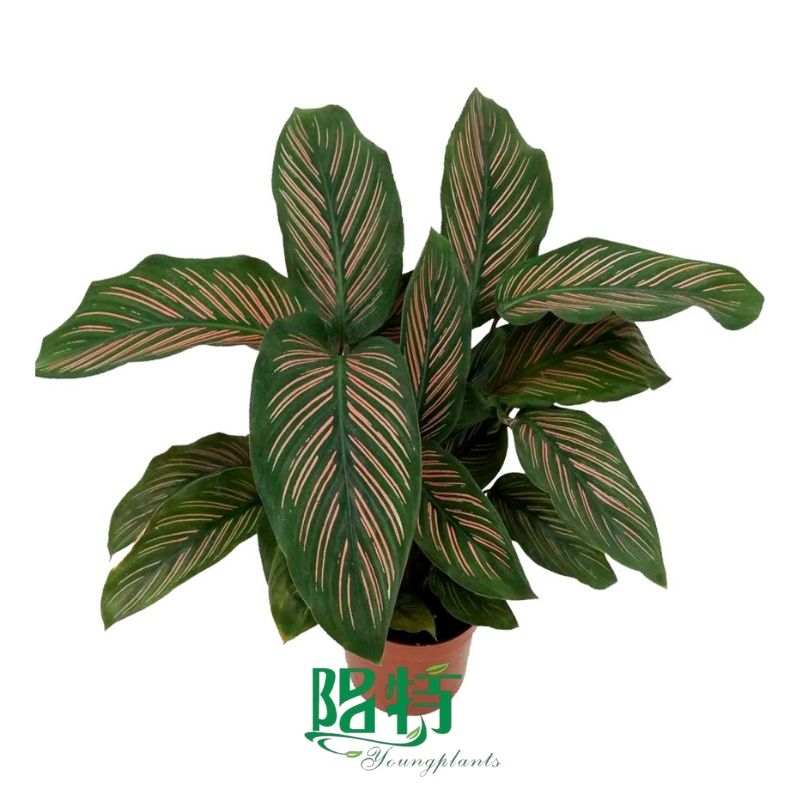Here's What People Are Saying About aglaonema species
Since established, Youngplants aims to provide outstanding and impressive solutions for our customers. We have established our own R&D center for product design and product development. We strictly follow the standard quality control processes to ensure our products meet or exceed our customers' expectations. In addition, we provide after-sales services for customers throughout the whole world. Customers who want to know more about our new product aglaonema species or our company, just contact us.
The genus Vigna are plants of the family Fabaceae. The genus is so named by the Italian botanist Domenico Vigna who discovered it in the seventeenth century. Includes popular species of legumes used in human food. This bean variety is smaller than normal, barely reaching the centimeter. Its color is yellowish white or white and has a black mask or stain on its side. They are annual, erect or braided herbs that reach a size of 30-90 cm in height. Stems angular, sparsely hairy. Stipules pellets, lanceolate, of 8 mm, the point of attachment elongated; Ovate, 5-10 x 5-8 cm, sparsely hairy on both surfaces, broadly triangular apex, lateral leaflets oblique, whole or slightly with three lobes. Inflorescences in axillary clusters with 5 or 6 flowers, with peduncles. Flared calyx, 3-4 mm. 15 mm yellow corolla. Cylindrical vegetables, 5-8 x 0.5-0.6 cm, glabrous or almost. Seeds of a red opaque or other colors, oblong, 5-6 x 4-5 mm, truncate at the ends.

What are the benefits of Youngplants aglaonema species ?
The genus Vigna are plants of the family Fabaceae. The genus is so named by the Italian botanist Domenico Vigna who discovered it in the seventeenth century. Includes popular species of legumes used in human food. This bean variety is smaller than normal, barely reaching the centimeter. Its color is yellowish white or white and has a black mask or stain on its side. They are annual, erect or braided herbs that reach a size of 30-90 cm in height. Stems angular, sparsely hairy. Stipules pellets, lanceolate, of 8 mm, the point of attachment elongated; Ovate, 5-10 x 5-8 cm, sparsely hairy on both surfaces, broadly triangular apex, lateral leaflets oblique, whole or slightly with three lobes. Inflorescences in axillary clusters with 5 or 6 flowers, with peduncles. Flared calyx, 3-4 mm. 15 mm yellow corolla. Cylindrical vegetables, 5-8 x 0.5-0.6 cm, glabrous or almost. Seeds of a red opaque or other colors, oblong, 5-6 x 4-5 mm, truncate at the ends.
What are pros and cons of Syngonium vs. Aglaonema ?
Liberica is basically a coffee plant species that comes as third in importance between commercially produced coffees just behind Arabica that includes typica coffee, bourbon coffee heirloom and robusta, as well as excelsa. Liberica coffee trees usually have large leaves and grow up to 18 meters tall, with a leathery surface and also large seeds (coffee beans). Liberica coffee beans are grown primarily in Malaysia and West Africa. However, liberica isn’t as much widely grown as Robusta coffee plants or Arabica coffee plants because of its aroma characteristics and inferior flavor in comparison to the other coffee types and varieties. People who has actually tried java coffee beans or lima coffee beans may find these liberica beans much more tastefully intrinsic with a much finer color than the other two.
How is a aglaonema species made?
An ornamental plant is one that is grown and marketed for decorative purposes for its aesthetic characteristics, such as flowers, leaves, perfume, the peculiarity of its foliage, fruits or stems in gardens and landscape designs, such as indoor plant or cut flower. Its cultivation, called floriculture, forms a fundamental part of horticulture. Its importance has increased with the economic development of society, the increase of garden areas in the cities and the use of indoor plants in homes and public buildings. Ornamental plants typically outdoors in the cultured nursery, with a light protection under plastic or in a greenhouse with temperature controlled. These plants are usually sold with or without a pot to be transplanted to the garden or simply located as an indoor plant. The quantity and variety of species on the market worldwide depend mainly on the buying trend of consumers, who demand variety and maximum quality. For a plant to have commercial value, it must meet certain requirements, such as resistance to adverse crop conditions: soil tolerance, inadequate irrigation or light, or diseases and pests.
How can I choose a aglaonema species manufacturers ?
Established in the year , we, , are engaged in manufacturer, supplier, exporter and trader of . Our range of products encompasses Philodendron, Alocasia, Caladium, Aglaonema, Diefffenbachia, Spathiphyllum, Calathea, Fern, Fittonia, Syngonium, Peperomia, Carnivorous Plants, Dracaena, Ficus, and Schefflera. We are backed by a diligent team of professionals, which helps us in offering an impeccable array of products to the clients. These experts utilize their vast industry experience and in-depth knowledge to formulated international quality standard products. Moreover, the quality controllers of our team stringently test the final products on certain parameters of quality, so as to ensure their effectiveness.
E-mail: mkt1@youngplant.cn
Tel: +86-13923295524
WhatsApp: +86-18928528163
Address: Bagang Village, Lubao Town, Sanshui District, Foshan City, China (Zip:58139)












